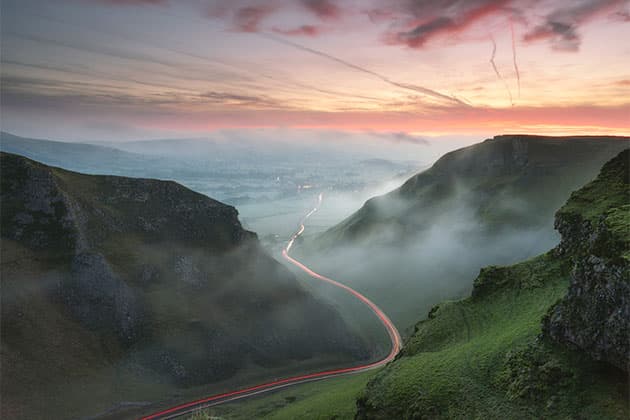Used cameras are big business at the moment, with second-hand specialists such as MPB, Ffordes, Wex Photo Video, Park Cameras and Grays of Westminster reporting brisk trade. You can put this down to great customer service, combined with the natural desire of photographers to want to save money, particularly with economic pressures pushing up the price of new camera gear. With this in mind, we thought we’d see how some of our regular AP contributors got on with some older cameras and lenses, now available at a great price.
Our four contributors are all well-respected photographers in their chosen fields: landscape photographer James Abbott, wildlife and nature photographer Andrew Fusek Peters, macro expert Tracy Calder and street/travel photography guru (and Nikon Ambassador) Mark Seymour. As you’ll see, their experiences were generally positive, so if you’re looking to buy used, their experiences make interesting reading, as well as giving some pointers on things to look out for with older gear.
James Abbott: landscapes
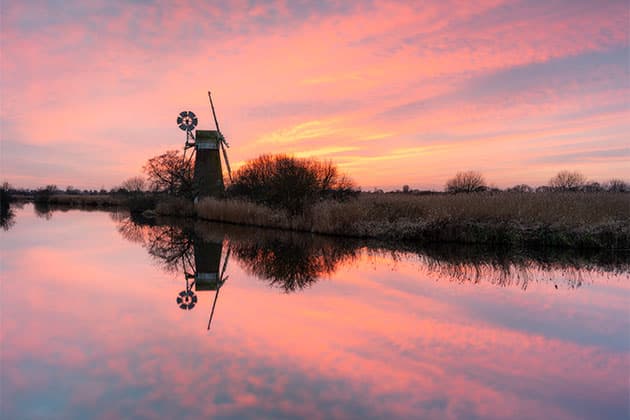
For landscape photographers where fast AF is not so important, James reckons the A7R is a solid used choice. Credit: James Abbott
James borrowed a Sony Alpha 7R, which you can currently pick up second-hand for about £500 to £650, depending on condition. He used a range of lenses with the body, including the 16-35mm f/2.8 GM and a 70-200mm f/4. ‘I was immediately struck by how small the A7R is. In fact, it’s not much smaller than newer Sony models, but it just felt more compact. The whole idea with mirrorless cameras was that they were going to be so much smaller than DSLRs but that doesn’t seem to be the case any more, even with Olympus.’
Image quality
‘Considering the camera is seven years old, the image quality is really good. You can push and pull the raw files and although the dynamic range could be wider, image quality is still impressive. I didn’t notice a huge difference between its 36MP sensor and the 42MP chip in the A7R II. In some ways the A7R is easier to use than the newer cameras as the menus are a bit simpler. There are fewer options so it’s easier to find key settings.’
Autofocus and ISO
‘Higher ISOs generate noticeably noisier images than the A7R III, as you’d expect, but it’s not that bad. The AF however is definitely slower. It doesn’t lock on as snappily and changing AF points was hard work, with lots of button pressing and moving AF points up and down. Fortunately, I mostly focus manually for landscapes, so it wasn’t a major issue. If you were shooting action, wildlife or even portraiture, were you to want to move the AF point to the eye closest to the camera, it could be a bit of a fiddle. Returning to ISO, I pushed one shot, up on Derwent Edge in the Peak District, to ISO 800 at f/4 and the results weren’t too bad. It may have been the subject, but the image did have blue sky in, and blue is the noisiest of three RGB channels. The image was taken in near pitch darkness except for the moonlight hitting the rocks.’
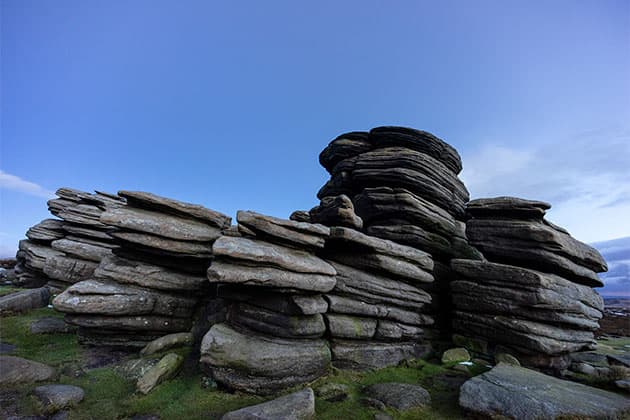
A good example of the Sony A7R’s still decent ISO performance. James took this at ISO 800 and the image is clean and very usable. Credit: James Abbott
Handling and battery life
‘The A7R is well built, but there are some handling niggles. When using the virtual horizon it’s only available in the camera settings view, so you can’t see your composition when levelling up – it makes it tricky but not impossible. Also, the LCD didn’t feel as accurate as those on newer cameras. When using exposure compensation, the histogram wasn’t moving as much as I expected, but again that might just have been the conditions.
‘I reviewed this camera when it first came out, and the position of the shutter button still bugs me – it’s too high, positioned on top of the camera. Battery life, meanwhile, is not great. We are talking about half a day of shooting on a full charge, compared to two days with my A7R III.
‘I would still recommend the original A7R for landscape photography, though the sluggish AF performance makes it less suitable for other genres. Still, if you put a gun to my head and said I could only use this camera for the next few years, I wouldn’t lose any sleep over it. Sony lenses are not particularly cheap, but they are exceptionally sharp. There is also a good choice of glass from third-party makers.’
James Abbott is a landscape and portrait photographer based in Cambridge. He’s also a freelance photography journalist and editor specialising in photography techniques, tutorials and reviews. See more of his work at www.jamesaphoto.co.uk.
Andrew Fusek Peters: wildlife
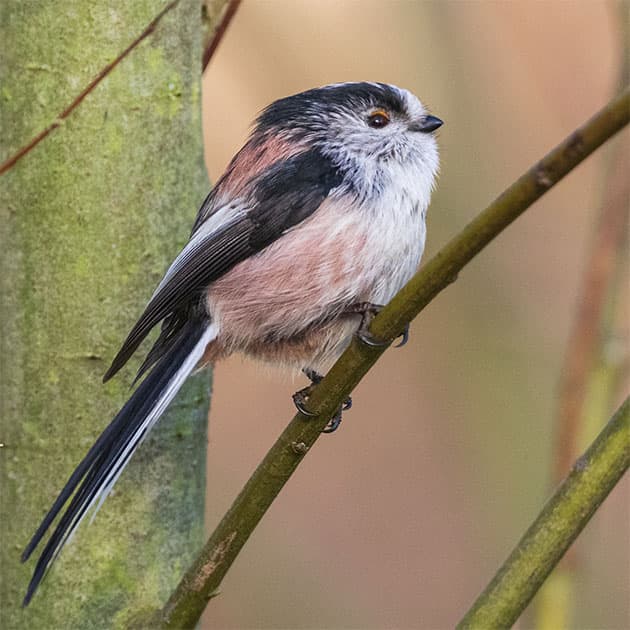
Andrew pushed the ISO to 1600 for the image of this long-tailed tit and the image is still very usable for print, with relatively little noise. Credit: Andrew Fusek Peters
Andrew borrowed an original Olympus E-M1 Mark 1 body, which he used with the Olympus M.Zuiko 300mm f/4 lens. You can pick up the E-M1 for around £250. ‘That is a great price for what is still a capable camera in many ways,’ he explains. ‘But the E-M1 does feel like a prototype for the Mark II, as some of its ideas weren’t fully developed.’
Image quality
‘The 16.3MP Micro Four Thirds sensor is quite long in the tooth now but you can still get quite a lot of detail from the raw files. It’s the in-body image stabilisation (IS) that really stands out, however, it’s still extraordinary. I could go as low as 1/8sec and still get sharp shots of a roosting tree creeper (though the camera was also on a dodgy tripod which I was also having to secure by hand). The IS also came in very useful when taking pictures of starling murmurations in a strong wind. This is still one of the camera’s strongest selling points.’
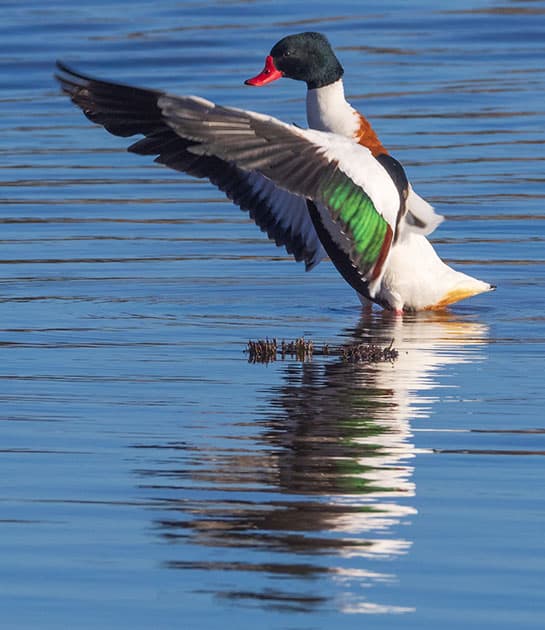
The AF system on the camera was hard work, reckons Andrew, making action shots of wildlife a frustrating process. Credit: Andrew Fusek Peters
Autofocus and ISO
‘On the negative side, the AF system really shows its age, especially with fast-moving subjects or in low light. It’s just slow, and using multiple AF points is not very intuitive, which is not what you need as a wildlife photographer. I did manage to get some good shots for this project, such as the ones of the starlings and woodpecker, and I would be happy to send these to my newspaper and magazine clients. But it was a lot of effort. For every sharp shot I got, there were lots of unacceptably soft ones. The E-M1’s AF system doesn’t always lock on as reliably as you’d hope, and requires a disproportionate amount of effort to get good results. It’s also a shame that Pro Capture never made it to this camera, as it enables a “shoot burst” of 60 frames per second – a godsend for wildlife photographers. The ISO performance was better and I managed to get a relatively clean shot of a long-tailed tit at ISO 1600, which is not bad for a 2013 camera. In many ways, the ISO technology is ahead of the AF.’
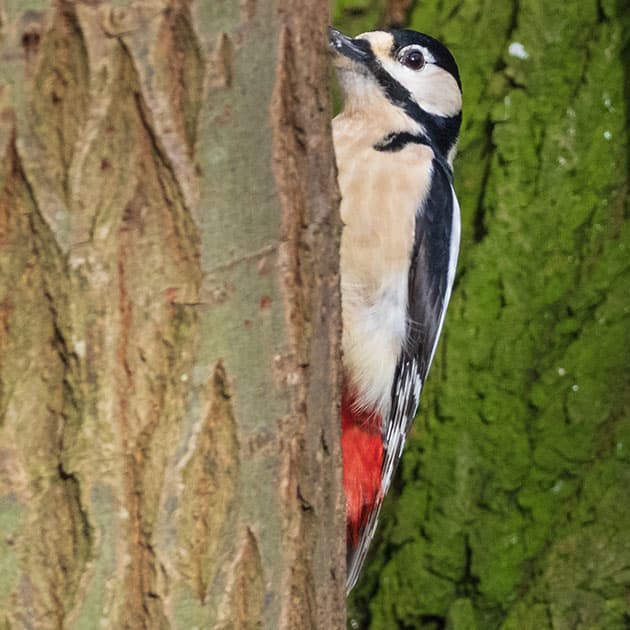
For every sharp shot Andrew had a lot of duffers, but the camera delivers with this image. Credit: Andrew Fusek Peters
Handling and battery life
‘This being an Olympus, the build quality is really solid, but the battery life goes down quickly. To conclude, this camera could pass muster as a reasonably priced second-hand pick-up for landscapes, or other genres where you don’t need such fast AF, but for wildlife I really need a camera that gives me that extra bit of help. With the release of the E-M1 Mark III, the Mark II is now plunging in price, so it would seem a better second-hand buy than this original model.’
Regular contributor Andrew Fusek Peters is a highly regarded wildlife and landscape shooter whose work regularly appears in national newspapers. He has been highly commended twice for British Wildlife Photographer of the Year. See more at www.andrewfusekpeters.com.
Tracy Calder: macro
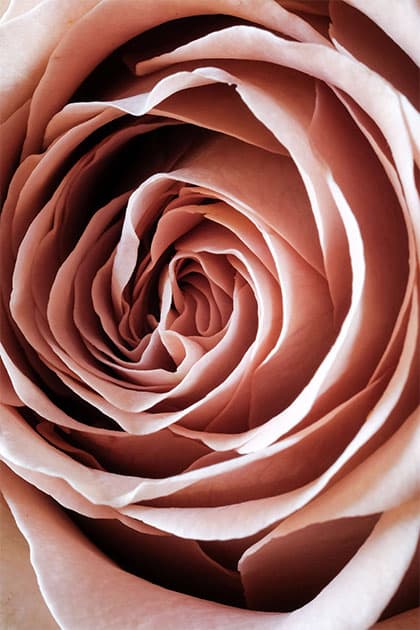
For macro work, where you often focus manually or use a tripod, Tracy reckons the X-T1 is a solid used buy. Credit: Tracy Calder
Tracy borrowed a Fujifilm X-T1, which you can now buy second-hand for around £220-£250. She used it with the 80mm macro f/2.8 lens, which costs about £800 second-hand. She says, ‘Basically I still really like this camera, and it’s very well suited to macro work. Most of the advances in the range have centred on AF or video, and are not so relevant to me as a manual focus macro specialist. The solid SLR-type body and design is reassuringly sturdy and there is a good balance of auto and manual controls. Although the camera is six years old, it’s still got plenty of appeal, with some important caveats.’
Image quality
‘It stands the test of the time. You can get a lot of detail back from raw files, and using a macro lens I don’t tend to crop in so much anyway. Photographers in other genres, however, might want more resolution. With higher-quality JPEGs, you generally get good and accurate exposure, white balance and colour rendition. I also really like the film simulation modes, which definitely add to your creative arsenal.’
Autofocus and ISO
‘The AF is not super-fast by today’s standards, but this is not such an issue for me. There are several really useful options for manual focusing as you can use dual view (shows full screen, plus a magnified view in a small window to the side), along with split screen and focus peaking. I only pushed the ISO to 800, and it was fine at that level. Some might want more advanced low-light technology, but it’s good enough for my purposes.’
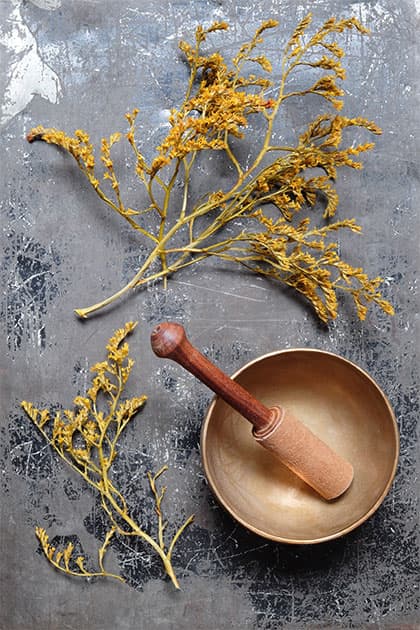
Straight out of the camera JPEGs are well exposed, white balance is accurate and the level of detail is good. Credit: Tracy Calder
Handling and battery life
‘The X-T1 has a really solid feel, as it’s made from magnesium alloy and is very grippable. The handgrip feels great, as I don’t have big hands. As for the tiltable LCD, it’s ok, but not particularly practical for shooting in portrait format, and the 4-way controller is too flush to the camera’s body. As a result it’s spongy and awkward to operate. The EVF is workmanlike, featuring 2.36 million dots compared to the 3.69 on the X-T4, and you need to take your eye away from the viewfinder to use some of the controls. Having six customisable function buttons comes in very handy, however. I also like having the exposure and ISO dials on the top of the camera, although they can be fiddly to operate against your eye. Battery life, meanwhile, is so-so by modern standards. As for the 80mm macro lens, I find it a bit plasticky and over-priced, though it is consistently sharp. I do wish Sigma and Tamron were able to make lenses for Fujifilm mount, as I really like their macro lenses!’
Tracy Calder is a former Technique Editor of AP and is an accomplished macro photographer, having written several books on the subject. She now runs the Close-up Photographer of the Year competition. For details see www.cupoty.com.
Mark Seymour: street/documentary
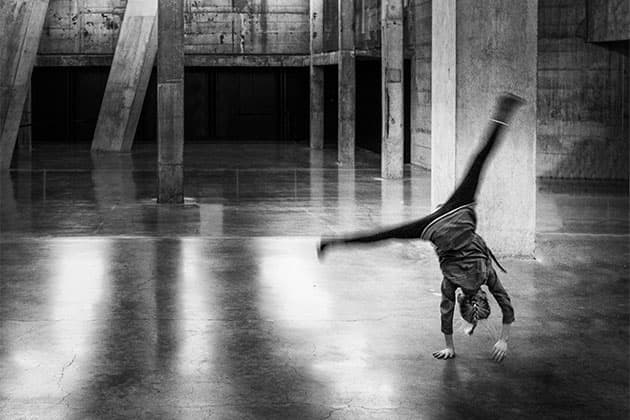
Mark was impressed by the ISO performance. He pushed it to ISO 6000 and still got a very usable shot. Credit: Mark Seymour
Mark borrowed a Nikon D750 DSLR, which he used with a 35mm f/1.8 Nikkor lens. You can pick up a used D750 with a warranty for about £600, so it’s a solid second-hand full-frame choice. ‘It is still a bloody good camera,’ Mark enthuses. You only notice its shortcomings because we have got used to the D850 and the latest Nikon mirrorless models in the Z series. For a pro or enthusiast, the D750 is ideal as a back-up as it’s so reliable and stable. You know it won’t let you down.’
Image quality
‘That sensor size, 24MP full frame, is something of a sweet spot,’ says Mark. ‘The camera generates a great raw file, with lots of detail, but doesn’t clog up all your storage, so it’s an ideal size. To be honest, even as a professional photographer, your images aren’t printed bigger than A4 very often. Landscape and advertising photographers might need more resolution but it works for me.’
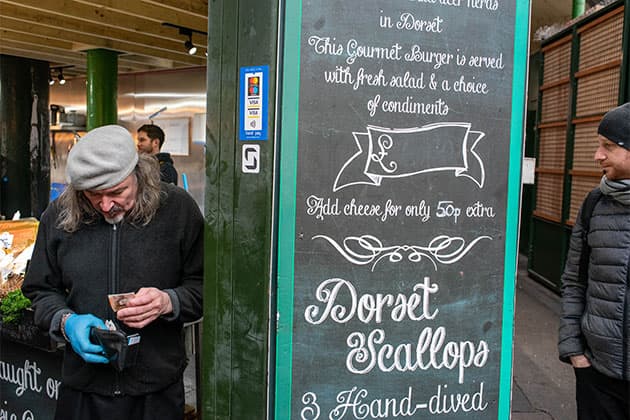
Mark reckons the D750’s 24MP full-frame sensor hits a ‘sweet spot’ for resolution and file size. Credit: Mark Seymour
Autofocus and ISO
‘I didn’t have any problems with the AF. It is nowhere near as fast as the D850 or the latest Z-series mirrorless models, but is certainly no slouch. I used back-button focusing and the camera coped well with most situations during the shoot. ISO performance is still pretty good – after all, the D750 is not a particularly “old” camera, and came out in 2014. I could push the ISO up to 6400, shooting at f/5.6 and 1/60 second inside the Tate Modern gallery, and still get decent images.’
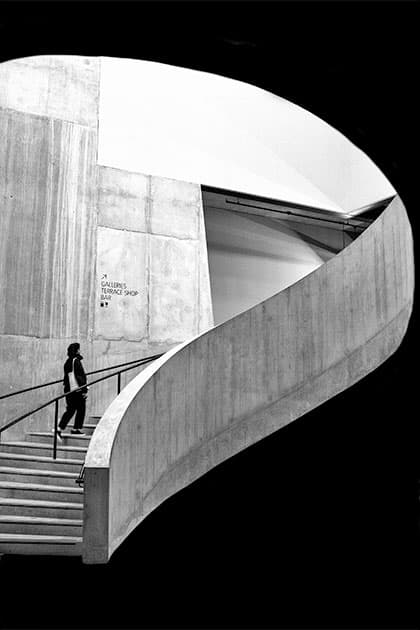
A classically composed image from inside the Tate Modern, again making use of higher ISOs. Credit: Mark Seymour
Handling and battery life
‘The handling was fine, and Nikon menus are consistent through the range so you don’t need to waste time figuring things out. The build quality is sturdy; although it’s not up to the Nikon D5 or D6 standard, the camera still feels like a decent bit of kit. What really impresses me about the D750, however, is the battery life. Whether I am shooting weddings or street, it just seems to go on forever, and it’s even better on the newer DSLRs and mirrorless models. The biggest downside of the D750 is live view because this function is not as good as the latest models in terms of resolution and ease of focusing.’
Mark Seymour is a highly successful wedding photographer, and Nikon UK’s first ambassador in this genre. He is also a keen street and travel shooter as well as a workshop leader doing street photography workshops. See www.shootthestreet.co.uk.

